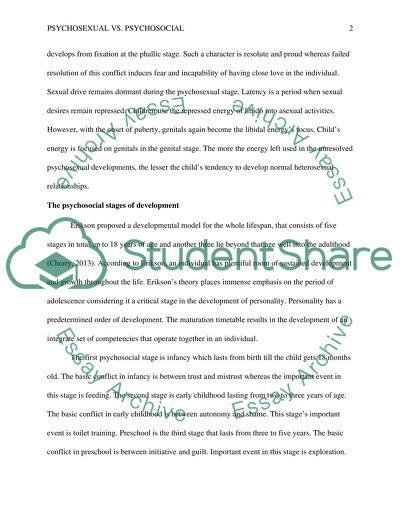Cite this document
(“The Psychosexual Stages of Development Research Paper”, n.d.)
Retrieved de https://studentshare.org/psychology/1470365-psychosexual-vs-psychosocial
Retrieved de https://studentshare.org/psychology/1470365-psychosexual-vs-psychosocial
(The Psychosexual Stages of Development Research Paper)
https://studentshare.org/psychology/1470365-psychosexual-vs-psychosocial.
https://studentshare.org/psychology/1470365-psychosexual-vs-psychosocial.
“The Psychosexual Stages of Development Research Paper”, n.d. https://studentshare.org/psychology/1470365-psychosexual-vs-psychosocial.


